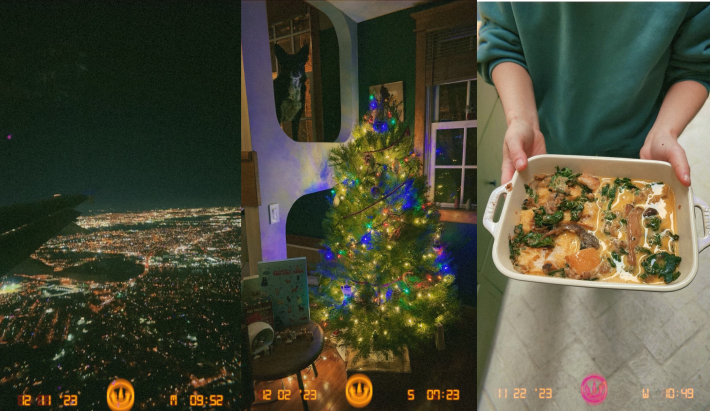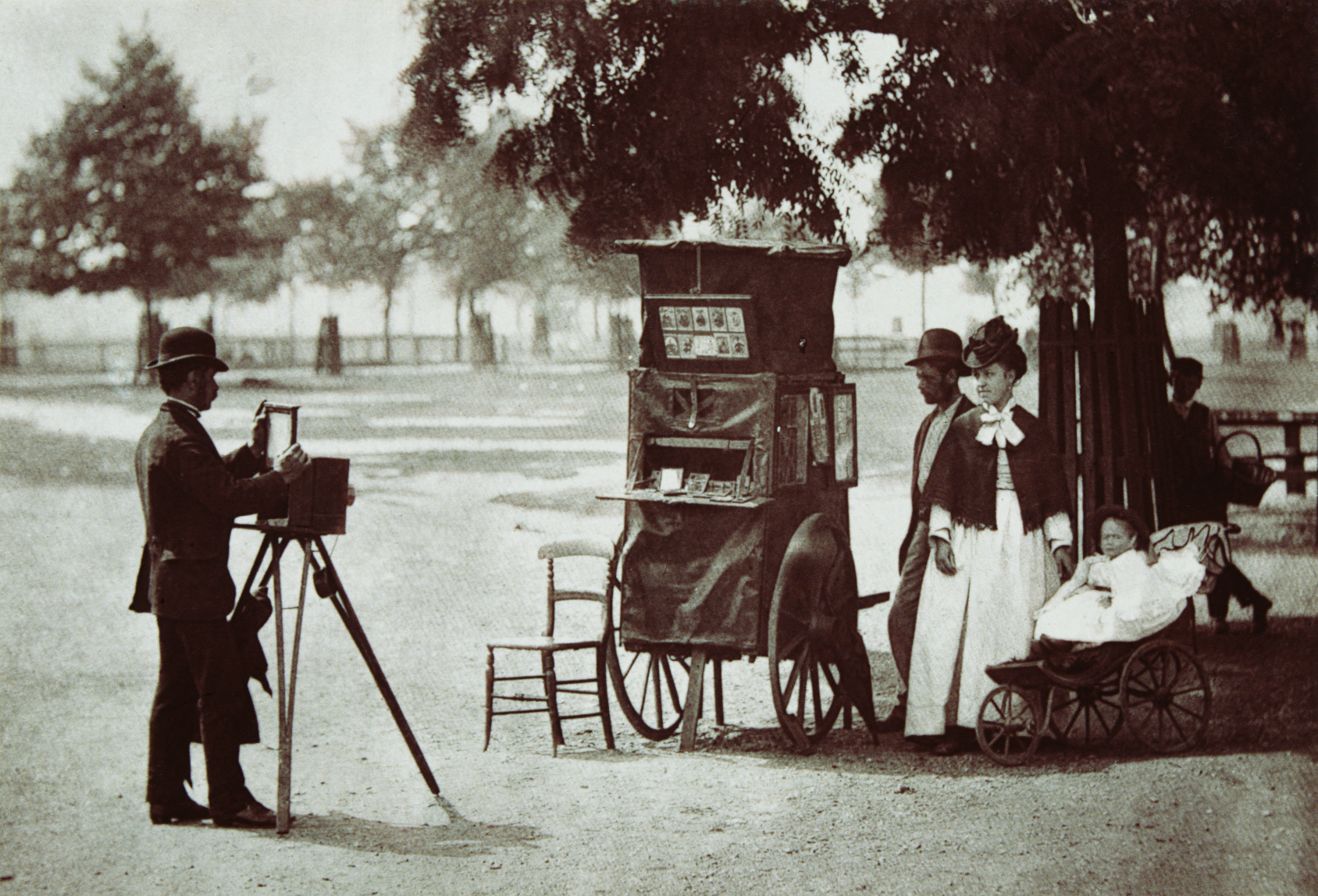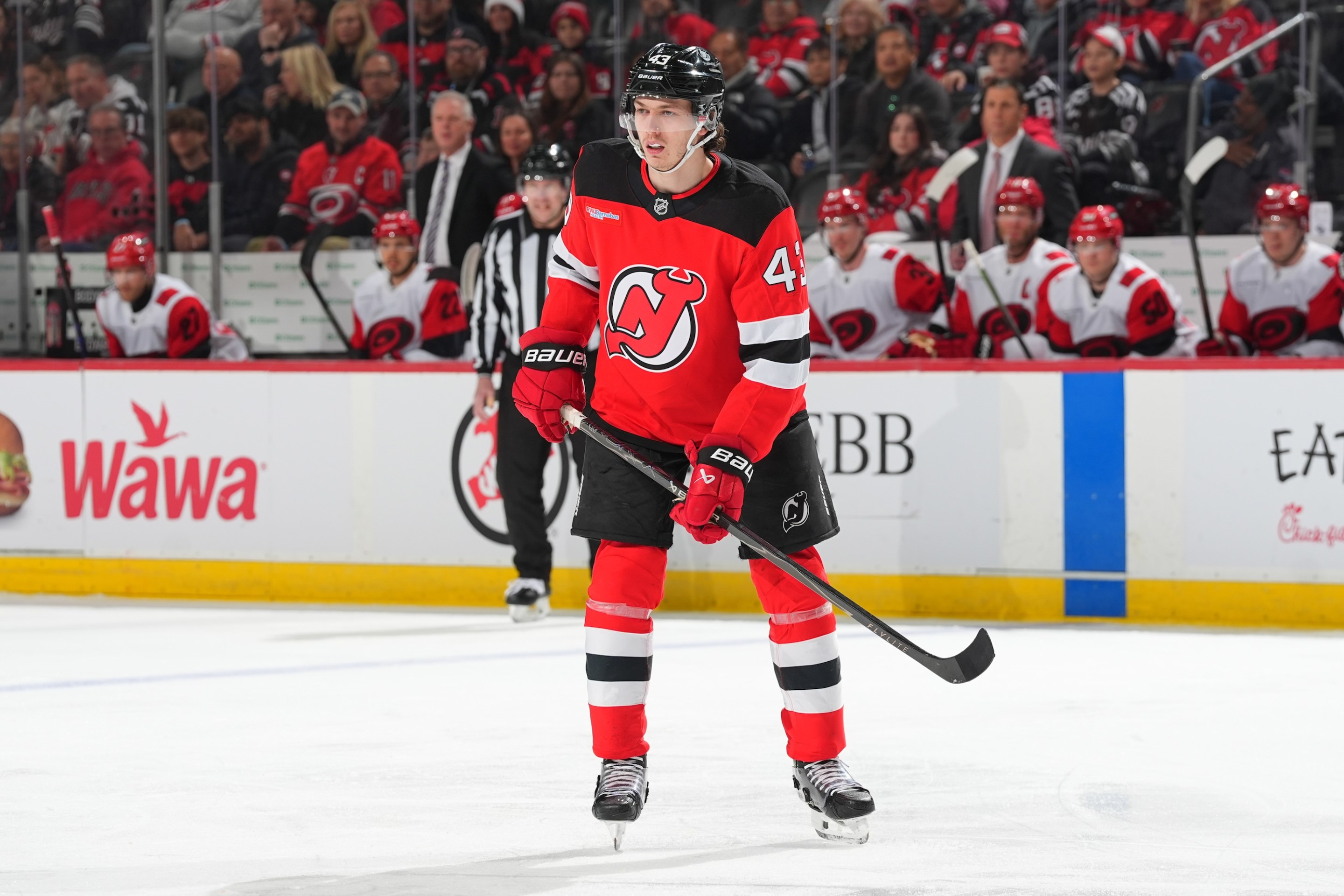There is always a hot new app that teens are theoretically trying, or that is about to explode on the marketplace. And because Instagram is now a hellscape that is mostly used for marketing, more and more of the sexy new apps are photo based. The goal of these apps always seems to be to replace what Instagram used to be: a place to look at photos, ideally photos of people you actually know in real life.
In the last few years, a half-dozen of these apps have launched, some to more success than others. There was VSCO for more serious photography; Vero for Instagram without the video and without an algorithm; BeReal, which rocketed in popularity last year, attempted to make a social photo site around a lack of performance; LocketWidget allows you to send photos directly to your friends' and family's home screens. The newest of these apps is called Lapse. Already, Lapse isn't new. It has been written up in the New York Times, and The Today Show, and I've been using it for over a month, so it has made its way to Millennials. That's three potential death knells for an app that seems to be marketed to Gen Z and Gen Alpha.
But in my month on Lapse, I've noticed that my thinking about how and when I take photos has changed, which is perhaps a more useful thing than being on the hot new app. All of these apps are trying to solve a problem that exists fully because we take photos on our phones, which makes them redundant the minute they exist. The newest, hottest apps of the last few years aren't trying to advance technology, they are trying to regress it.
Lapse works similarly to apps like Huji, which take photos through the iPhone camera, and then edit them into the style of disposable film. The images become grainy and slightly desaturated. They have a slow shutter speed. I loved it immediately. One of my most strident beliefs is that cameras should be worse. I do not want to see the world around me in sharp, accurate detail. I absolutely do not want to see my face the way others perceive it. I want the softness of film to return and grace me with a beautiful (if slightly blurry) glow.
Once you've taken a photo in Lapse, it goes into a kind of purgatory. A few hours later, the app alerts you that your photos are ready to develop. By clicking into the app, you can hold down a button to "develop" your photos, view them one at a time, and decide whether to share them to a feed for your friends, or keep them private.

In other words, it is more like taking an analog photo. Because you cannot see the still of your photo immediately, you cannot know whether or not you are making a funny face and retake it, you cannot turn on Live photo and change the millisecond captured to one that is more flattering. Sure, you could take 15 of the same photo in the Lapse app to replicate the process of using your regular iPhone camera, but then you would have to see the iteration of the same photo 15 times when they developed later which is boring and hijacks what the app is supposed to do.
To take photos in Lapse is a more convenient version of using a film camera, or more accurately, it is akin to using a digital camera before they had display screens, when you only saw what you had created after you plugged it into the computer. This all means that instead of blindly shooting photos all the time, you have to focus, and the focusing is what has made me think a little bit more critically about what I'm preserving, and the methods I'm using to try and do so.
Because that's what photography is: an act of preservation. You take a photo in one moment, and in another moment (a year, or a decade, or two generations later) you can view the world exactly as it was in the past.
In her novel In Memory of Memory, Maria Stepanova writes, "With the invention of digital photography, yesterday and today have coexisted with unprecedented intensity. It's as if the waste chute in a building has been blocked off and all the trash just keeps piling up forever. There's no need to save film, just press the shutter release, even the deleted pictures remain in the computer's long memory. Oblivion, the copycat of nonexistence, has a new twin brother: the memory of the collector. We look through a family album with a sense of affection—it contains a little, perhaps just what remains. But what should we do with an album containing everything, without exception, the whole disproportionate volume of the past?"
Have you looked through your iPhone photo album any time recently? When I scroll through mine, I see the waste chute Stepanova describes. Here is a screenshot of something I sent to my friend. Here are some images I downloaded for work. Here are dozens of photos of one of my bakes that all look the same. Here and there is a photo worth saving, but you really have to dig to find them.
"What should we do with an album containing everything, without exception, the whole disproportionate volume of the past?" Stepanova asks. The answer, it seems, is to curate it. We must make the albums more sparse in order to give them meaning. A story, after all, is not made out of every single moment of every single day chronicled carefully one after the other. A story is made from picking and choosing, pulling out the moments that matter to us and highlighting them for the future.
I began this year with an ambitious goal to clean out my photos. I started searching the day's date in the album, and deleting all the photos from that day in my past that I no longer needed, a kind of digital housekeeping. I managed to keep this up for a few months before I completely forgot to do it one day and never started up again. My sister recently used an app to help her achieve the same goal. Swiping left to delete a photo from your phone, and right to keep one, she deleted thousands of photos during a single car trip.
But that doesn't fix the waste chute problem Stepanova describes. Using a shovel to dig out all of the photos you don't need and delete them does not stop the flow of meaningless photos coming in. There are so many of them you can drown in the moment of the present, without ever really feeling anything at all.
“The camera is an instrument that teaches people how to see without a camera.” Dorothea Lange once said, and I think for a moment in my life this was true. When I was in high school, I decided I didn't like film photography. I didn't like how long it took the photos to develop and how finicky the chemical processes were. I did not like that once that photo was taken, it existed fully formed. Unlike other mediums, to alter a photograph feels more like lying than it does part of the natural iterative process.
Because part of the goal of photography, as Lange said, is to teach you composition. To teach you to see the things in front of you as if they could be art, to teach you framing. "A camera alone does not make a picture. To make a picture you need a camera, a photographer and above all a subject. It is the subject that determines the interest of the photograph." Man Ray once wrote.
But I've forgotten how to look for a subject. At some point between the invention of the iPhone and the invention of Instagram Stories, I began taking photos more as a diaristic exercise than as an attempt to see the world. That's the problem with having a camera in your pocket at all times: it becomes a substitute for memory. It becomes your eyes and your imagination in one fell swoop. I don't need to know how my trip was, I can show you photos of it. I don't need to remember the way the light fell or the way my friend looked at me. I can show you on the phone.
Later in the novel, Stepanova writes, "Since we began recording and archiving sound, the unreproducible has disappeared from life. How Mademoiselle Georges acted on the stage and how Angiolina Bosio sang was described to us, and demanded time and passion of the curious: you had to imagine, flesh it out, recreate something in your head. Now there is nothing between you and what has been. The longer we keep recording the more people will fall into the zone of the undead."
This is something I have found particularly irking in recent years. Instead of describing something, someone I am talking to will pull out their phone to show me a photo they took. I do not want to look at photos all the time! Sometimes, I want to hear a little story and create a mind picture. Plus, what if I wanted to see the thing they're telling me about for myself, and instead had the experience spoiled by a half-thought-out photo on their phone. The same is true for stories that I tell on the Normal Gossip podcast. No matter how well we describe an image, people want to see it. They beg for the photograph. They need to see the photograph. But I, having seen the photograph, know that they do not, that you can create an image funnier and better in your mind's eye, that you gain nothing from this constant deluge of images other than the ability to move on. But isn't part of art meant to prevent you from moving on? Isn't it supposed to linger in some way?
The proliferation of photographing everything at every time in every scenario is as exhausting as it is boring. Why take 15 photos at a concert when all of them will look worse than what you can see? To prove you were there? To prove you exist? Is not your experience of a moment dampened by the retrieval of your phone, and the mechanical flash of the shutter, and the desperate feeling that saturates your body when you look at those photos later, and realize you were looking at the world through your phone instead of actually seeing anything?
I say all of this as someone who takes photos constantly. Even though I do feel like all of our phones should be thrown into the ocean every time I see a live event, I also love to look at photos on my phone. There are photos of my friends who have died on there, and my dog when she was a puppy, and my friends's children, and all sorts of things that mean so much to me. To be able to see those things in a little screen that lives in my pocket at any time that I want to is an unbelievable privilege.
But the way I have used my phone for the past almost decade, does not give me that benefit. There is so much garbage, so much digital waste inside my photo app, that it is almost impossible to use the app as a photo album that can bring me joy. Can those habits be untaught? Is it even possible to experience another form of cataloging the world around me when this version is so entrenched?
Vivian Maier, a 20th century New York street photographer, never showed her work to anyone while she was alive. She took photos for decades and stashed them—only after her death were her photos found, and rapidly revered. She is recorded as saying, “We have to make room for other people. It’s a wheel – you get on, you go to the end, and someone else has the same opportunity to go to the end, and so on, and somebody else takes their place. There’s nothing new under the sun.”
Maier's photographs feature the mundane: a man holding birds on the street, a reflection of herself in a shop window, a woman's updo. But they are calculated. She did not have the infinite space of the cloud. She did not have the quick result of the screen. She, like all photographers who look through a viewfinder, had foresight, had vision, had the ability to look at the world and actually see what it had to offer. Nothing new, perhaps, but still something worth seeing.
I think that's part of why I have enjoyed my first few weeks on Lapse so much. I added the widget to take photos to my home screen, so I can choose to navigate there instead of my regular camera, and once I take the photo, it is gone for a little while. No need, or ability, to check it exists. Then, when the app prompts me to view my photos, they feel more intentional, more like art than wild blurry snaps taken without rhyme or reason.
But it's a Band-Aid, isn't it? Even amongst the developers of these apps there seems to be an admission that something has gone wrong. In its name and purpose BeReal claims to be fighting against the falsity of modern social media. Lapse's tagline is "friends not followers." And while I do appreciate the instinct that you might not want to show your photos to every person on the world, is friendship just responding to one another's photos on a different app every 10 years until you die? I do think I would really like to go over to my friend's house and watch a slideshow of photos from my friends' vacations and hear their stories. I would like that much more than scrolling through a post.
There is nothing Lapse does that a regular analog camera cannot do better. Its grainy quality, its aesthetic appeal, even its slow shutter speed, are fake. It is a solution to a problem created by the existence of the phone. What's interesting to me is what era these inventors are trying to return to. They do not want us to regress back to a time when you carried your roll of film to someone at the store to develop and returned a few days later to pick up your prints. You can't get rich off that habit, after all. It seems like all the new apps coming out of Silicon Valley right now are begging not for a return to things people actually crave—community, tactile experiences, beauty—but a return to a dot com boom where they (the creators) might profit.
Instead of fixing the problem and replacing the waste chute of photos that lives inside each of our pockets, Lapse creates a second app, where that problem doesn't exist yet. A clean start that feels satisfying if you can bring yourself to forget that this is how Instagram started as well, and look how it ended up.
The goal of a photography app should be to teach you to think about the world around you, to teach you to see. Maier's work, which existed only for her in the privacy of her own life, is proof that art can be found in anything if you know where to look for it. But that is not the goal of these apps. To ascribe to beauty and art and meaning isn't easy. It is easy to slap a standard aesthetic across the waste chute. It will always be harder to tackle the actual chute itself.






